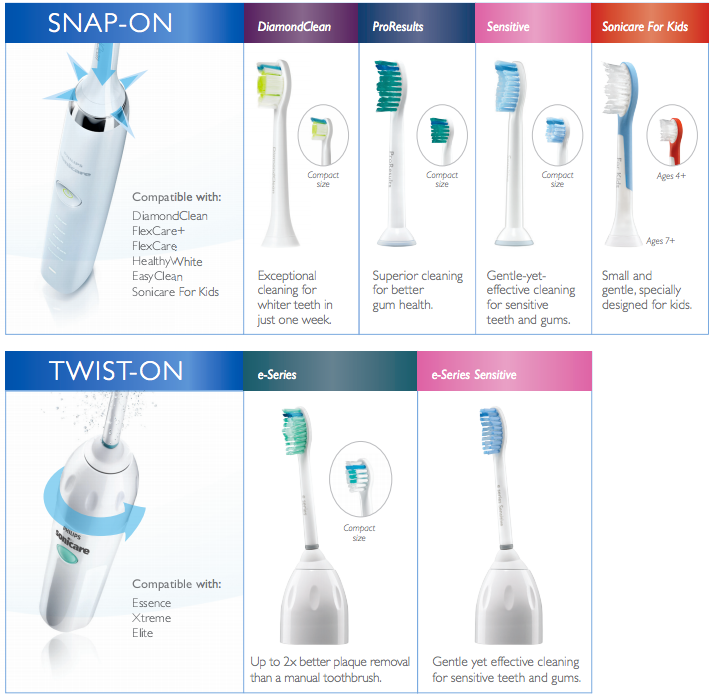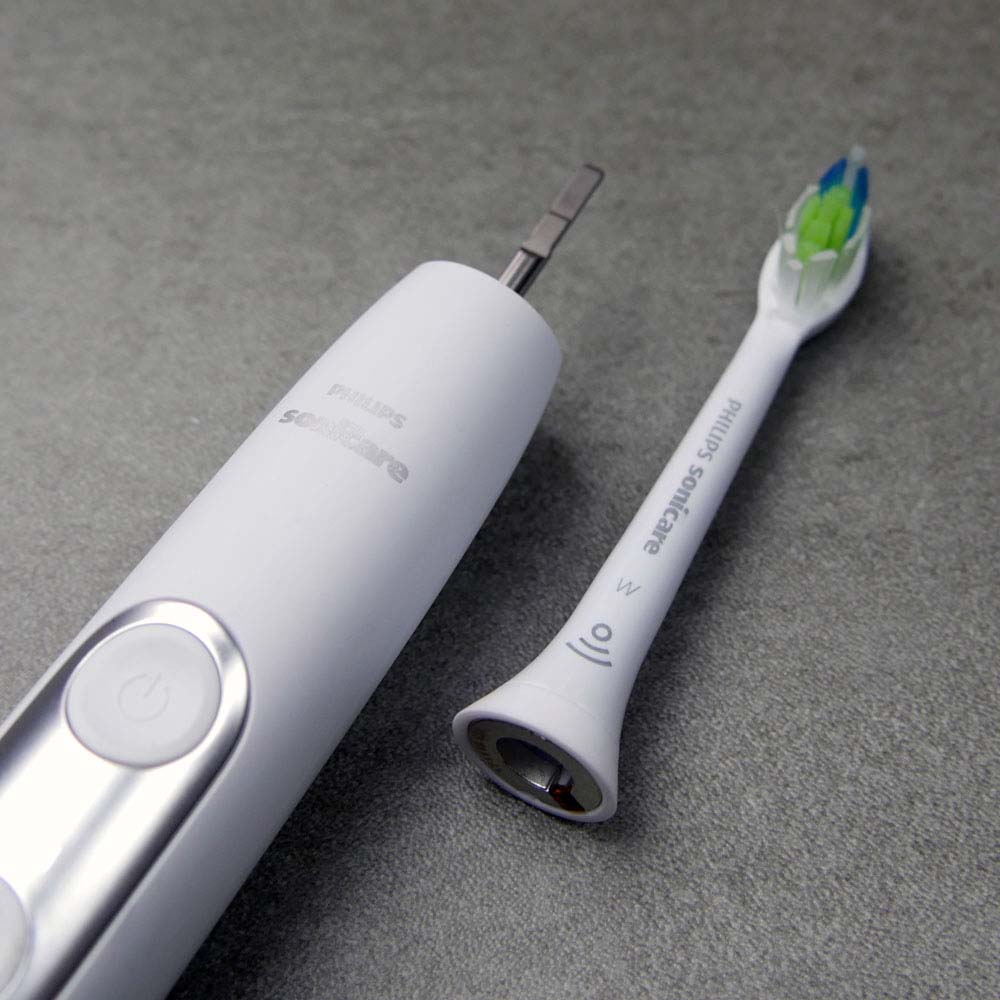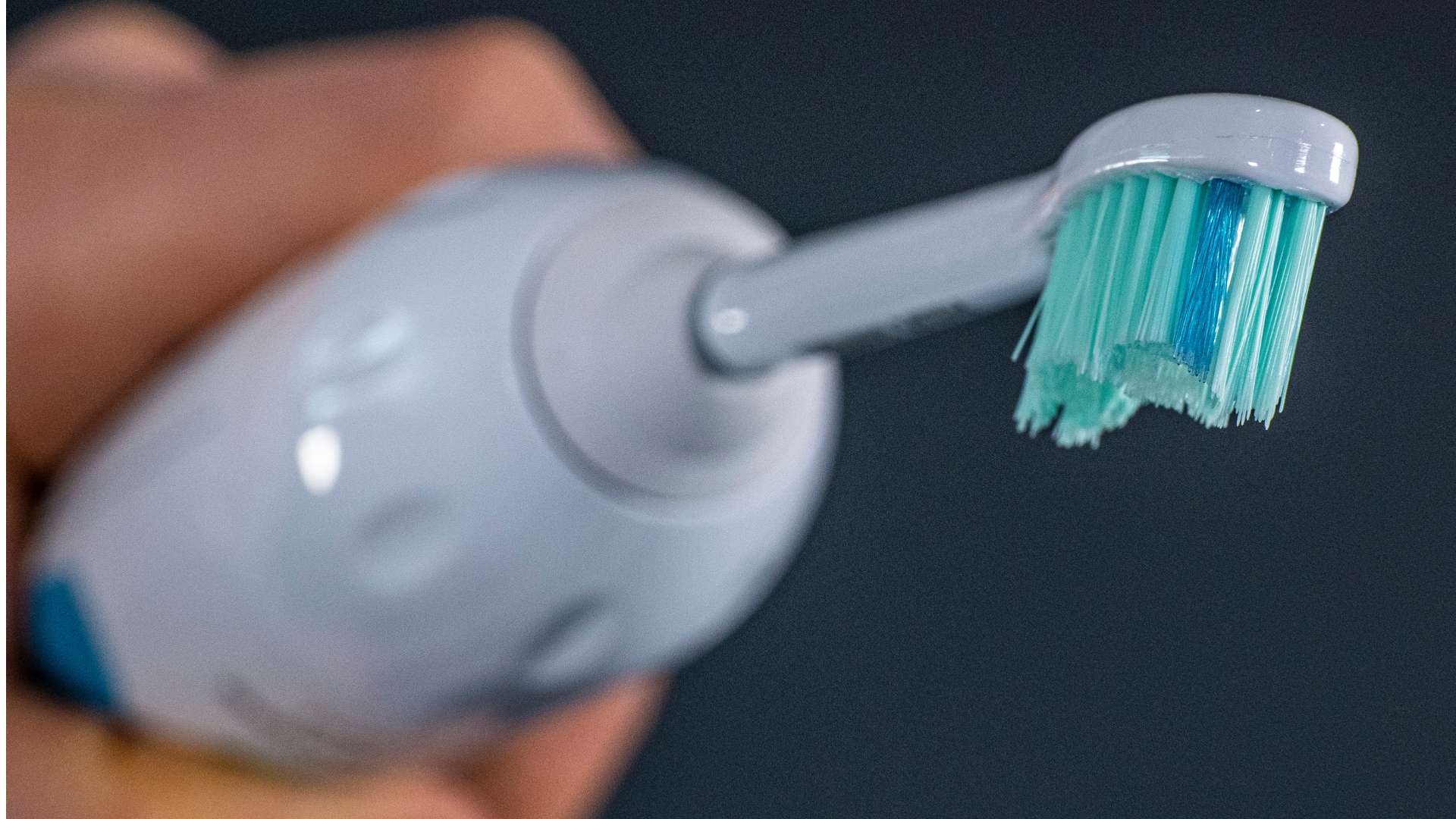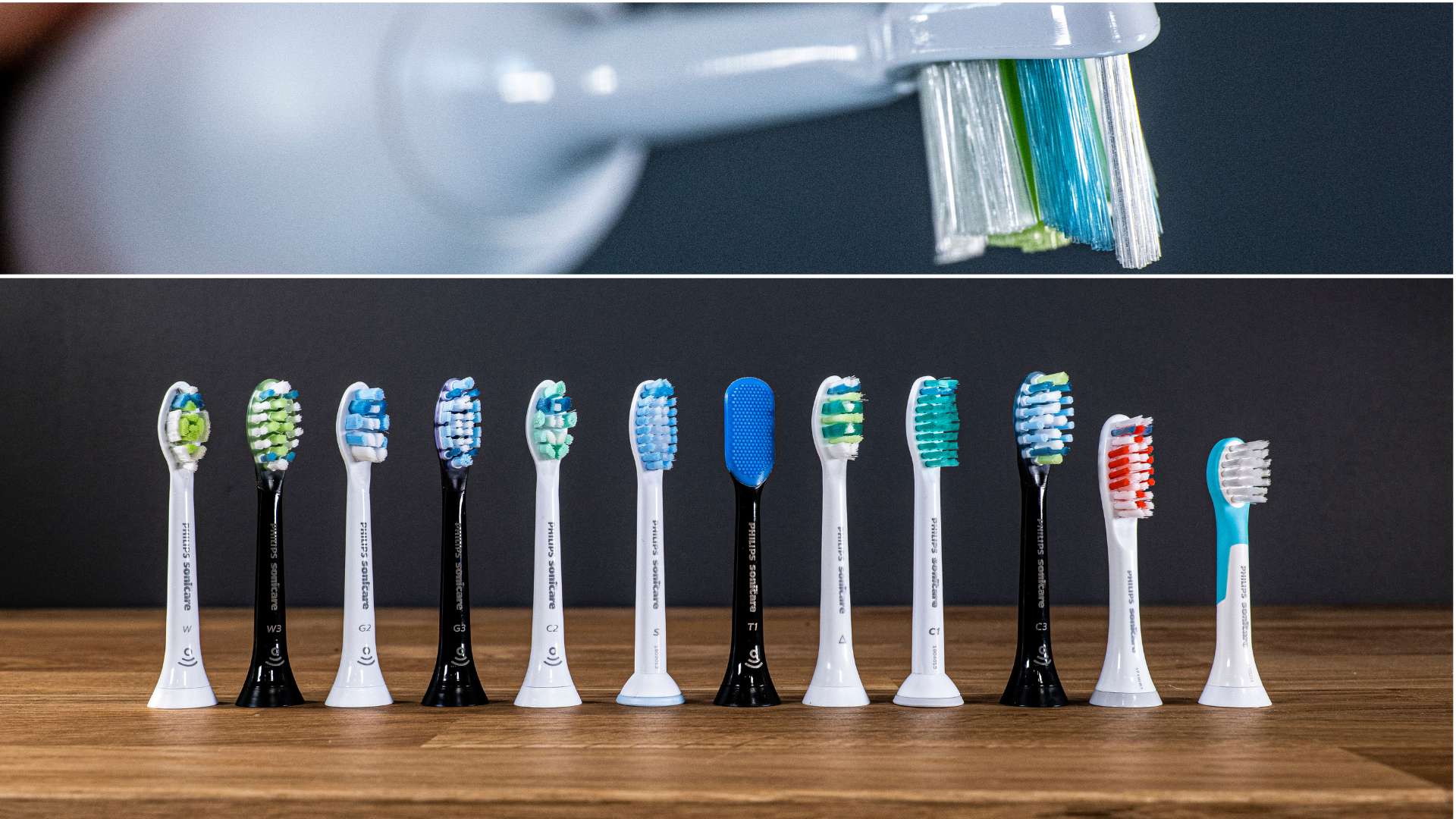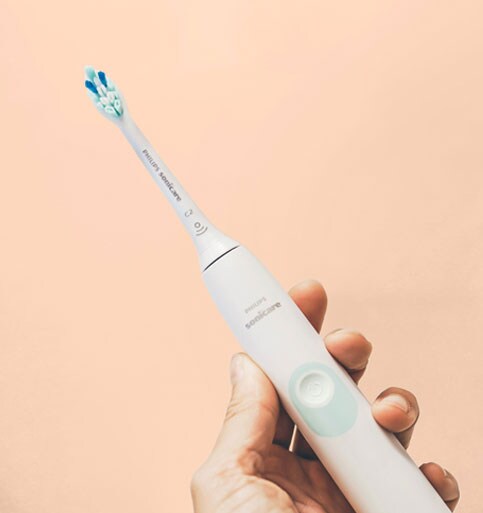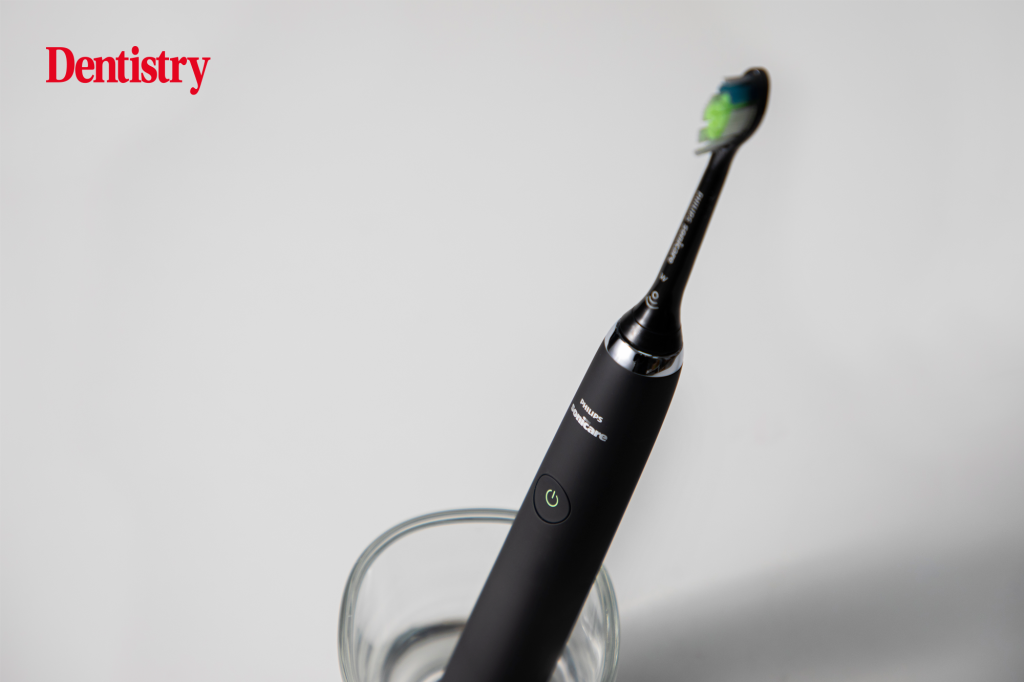Can You Use Any Sonicare Brush Head

The quest for a brighter, healthier smile often leads consumers to the electric toothbrush aisle, where Sonicare reigns as a prominent brand. But navigating the world of Sonicare brush heads can feel like a dental dilemma: Are all brush heads created equal, and can any Sonicare brush head be used on any Sonicare handle?
This article delves into the compatibility of Sonicare brush heads and handles, providing clarity and guidance for consumers to make informed decisions, avoid potential damage to their devices, and optimize their oral hygiene routine. We'll explore the official stance from Philips, user experiences, and expert opinions to unravel the complexities of Sonicare brush head interchangeability.
Understanding Sonicare Brush Head Compatibility
The core question of whether all Sonicare brush heads are universally compatible is a nuanced one. While many Sonicare brush heads share a common design, not all are created equal. The compatibility hinges on the specific handle model and the generation of the brush head.
Philips, the manufacturer of Sonicare toothbrushes, officially states that certain brush heads are designed for specific handle models. Older models might not be compatible with newer brush head designs, and vice versa. This incompatibility is usually due to physical design differences, such as the size or shape of the brush head connector, or the absence of features like BrushSync technology.
The BrushSync Technology Factor
BrushSync technology is a key factor in determining brush head compatibility. This technology, present in newer Sonicare models, allows the toothbrush handle to track brush head usage and automatically adjust brushing modes or remind users to replace their brush heads.
Brush heads with BrushSync are generally compatible with handles that support this feature. However, using a BrushSync brush head on an older handle without the technology will simply result in the BrushSync features not working. Conversely, older brush heads without BrushSync can often be used on newer handles, but the BrushSync functionalities will be absent.
Practical Considerations and User Experiences
Many users have reported successfully using older-generation brush heads on newer handles, particularly if the physical connector is the same. However, this might come at the cost of losing out on features like automatic mode adjustment and brush head replacement reminders.
Others have encountered issues with brush heads not fitting properly or not vibrating effectively when used with incompatible handles. These experiences highlight the importance of checking the manufacturer's recommendations and considering the specific models of both the brush head and handle.
Official Recommendations and Expert Advice
To ensure optimal performance and avoid potential damage to your Sonicare toothbrush, it's crucial to consult the official Philips website or product manual. These resources provide detailed information on brush head compatibility for specific handle models.
Dental professionals often recommend using brush heads specifically designed for your Sonicare handle. This ensures proper fit, optimal cleaning performance, and the full benefits of features like BrushSync. Using incompatible brush heads could potentially damage the handle or reduce the effectiveness of your brushing.
"While some level of interchangeability might exist, sticking to the manufacturer's recommendations is always the safest bet," says Dr. Emily Carter, a leading dentist specializing in preventative care. "Using the correct brush head ensures that the toothbrush functions as intended and provides the best possible oral hygiene."
Potential Risks of Using Incompatible Brush Heads
Using incompatible brush heads carries potential risks. A poorly fitting brush head could detach during brushing, posing a choking hazard. It might also damage the handle's motor or connection mechanism, leading to premature failure of the toothbrush.
Furthermore, an incompatible brush head might not vibrate at the optimal frequency or cover the teeth effectively, compromising the cleaning performance. This could lead to inadequate plaque removal and an increased risk of dental problems.
The Future of Sonicare Brush Head Technology
Sonicare continues to innovate in brush head technology, with newer models offering features like improved bristle designs, specialized cleaning modes, and enhanced BrushSync functionalities. As technology advances, the compatibility landscape may evolve further.
Consumers should stay informed about the latest Sonicare models and brush head designs to ensure they are using the most compatible and effective combination for their oral hygiene needs. Checking the Philips website regularly for updates and compatibility charts is advisable.
In conclusion, while some level of interchangeability might exist among Sonicare brush heads, it's crucial to prioritize compatibility based on official recommendations. Using the correct brush head ensures optimal performance, maximizes the benefits of features like BrushSync, and minimizes the risk of damage to your toothbrush. Consult the manufacturer's guidelines and seek expert advice to make informed decisions and maintain a healthy, bright smile.

